Explain the mechanism of the following reactions :
Acid catalysed dehydration of an alcohol forming an alkene.
Step-by-Step Solution for the Mechanism of Acid-Catalyzed Dehydration of an Alcohol Forming an Alkene:
1. Protonation of the Alcohol:
- The reaction begins with the alcohol (for example, ethyl alcohol, CH₃CH₂OH) being treated with concentrated sulfuric acid (H₂SO₄).
- The alcohol oxygen, which is electron-rich, attacks a proton (H⁺) from the sulfuric acid. This leads to the formation of an oxonium ion.
- The reaction can be represented as:
CH₃CH₂OH+H⁺→CH₃CH₂OH₂+
- Here, the hydroxyl group (-OH) becomes positively charged, forming CH₃CH₂OH₂⁺.
2. Formation of Water and Carbocation:
- The positively charged oxonium ion (CH₃CH₂OH₂⁺) is unstable and loses a water molecule (H₂O) to form a carbocation (CH₃CH₂⁺).
- This step can be represented as:
CH₃CH₂OH₂+→CH₃CH₂++H₂O
3. Deprotonation to Form Alkene:
- The carbocation (CH₃CH₂⁺) is now formed. A base (in this case, the bisulfate ion, HSO₄⁻, from the sulfuric acid) can remove a proton (H⁺) from the adjacent carbon atom.
- This results in the formation of a double bond between the two carbon atoms, yielding the alkene (ethylene, CH₂=CH₂).
- The reaction can be represented as:
CH₃CH₂++HSO₄−→CH₂=CH₂+HSO₄H
4. Final Product:
- The final product of this dehydration reaction is ethylene (CH₂=CH₂), and a molecule of water (H₂O) is released.
Summary of the Mechanism:
- The mechanism involves three main steps: protonation of the alcohol, formation of a carbocation, and deprotonation to form the alkene. The overall process results in the elimination of a water molecule, hence the term "dehydration."
- The reaction begins with the alcohol (for example, ethyl alcohol, CH₃CH₂OH) being treated with concentrated sulfuric acid (H₂SO₄).
- The alcohol oxygen, which is electron-rich, attacks a proton (H⁺) from the sulfuric acid. This leads to the formation of an oxonium ion.
- The reaction can be represented as:
CH₃CH₂OH+H⁺→CH₃CH₂OH₂+
- Here, the hydroxyl group (-OH) becomes positively charged, forming CH₃CH₂OH₂⁺.
- The positively charged oxonium ion (CH₃CH₂OH₂⁺) is unstable and loses a water molecule (H₂O) to form a carbocation (CH₃CH₂⁺).
- This step can be represented as:
CH₃CH₂OH₂+→CH₃CH₂++H₂O
- The carbocation (CH₃CH₂⁺) is now formed. A base (in this case, the bisulfate ion, HSO₄⁻, from the sulfuric acid) can remove a proton (H⁺) from the adjacent carbon atom.
- This results in the formation of a double bond between the two carbon atoms, yielding the alkene (ethylene, CH₂=CH₂).
- The reaction can be represented as:
CH₃CH₂++HSO₄−→CH₂=CH₂+HSO₄H
- The final product of this dehydration reaction is ethylene (CH₂=CH₂), and a molecule of water (H₂O) is released.
- The mechanism involves three main steps: protonation of the alcohol, formation of a carbocation, and deprotonation to form the alkene. The overall process results in the elimination of a water molecule, hence the term "dehydration."
Topper's Solved these Questions
- BOOK - ICSECHAPTER - ALCOHOLS, PHENOLS AND ETHERS EXERCISE - EXERCISE (PART-II Descriptive Questions) (LONG ANSWER QUESTIONS)20videos
ALCOHOLS, PHENOLS AND ETHERS
- BOOK - ICSECHAPTER - ALCOHOLS, PHENOLS AND ETHERS EXERCISE - ISC EXAMINATION QUESTIONS25videos
ALCOHOLS, PHENOLS AND ETHERS
- BOOK - ICSECHAPTER - ALCOHOLS, PHENOLS AND ETHERS EXERCISE - EXERCISE (PART-II Descriptive Questions) (VERY SHORT ANSWER QUESTIONS)104videos
ALCOHOLS, PHENOLS AND ETHERS
- BOOK - ICSECHAPTER - ALCOHOLS , PHENOLS AND ETHERS EXERCISE - SOURCE BASED QUESTIONS4videos
ALCOHOLS , PHENOLS AND ETHERS
- BOOK - ICSECHAPTER - ALDEHYDES, KETONES AND CARBOXYLIC ACIDSEXERCISE - EXERCISE (PART-II DESCRIPTIVE QUESTIONS) ( LONG ANSWER QUESTIONS)478videos
ALDEHYDES, KETONES AND CARBOXYLIC ACIDS
Similar Questions
Knowledge Check
- Question 1 - Select One
Which of the following alcohols will undergo easiest dehydration?
A B
B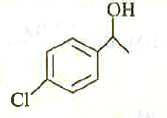 C
C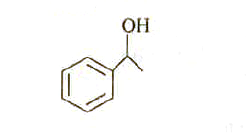 D
D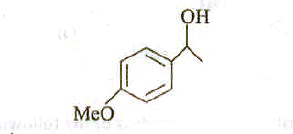
- Question 2 - Select One
Which of the following alcohols cannot be prepared from hydration of an alkene ?
A B
B C
C D
D
Explain the mechanism of the following reactions :
(i) Addition of Grignard reagent to a carbonyl compound forming an adduct followed by hydrolysis.
(ii) Acid catalysed dehydration of alcohol forming an alkene.View SolutionGive the following reactions :
A reaction catalysed by silica alumina.View SolutionWhich of the following alkene in acid catalysed hydration form 2−methyl propan −2−ol ?
View SolutionThe relative rate of acid catalysed dehydration of following alcohols would be
I.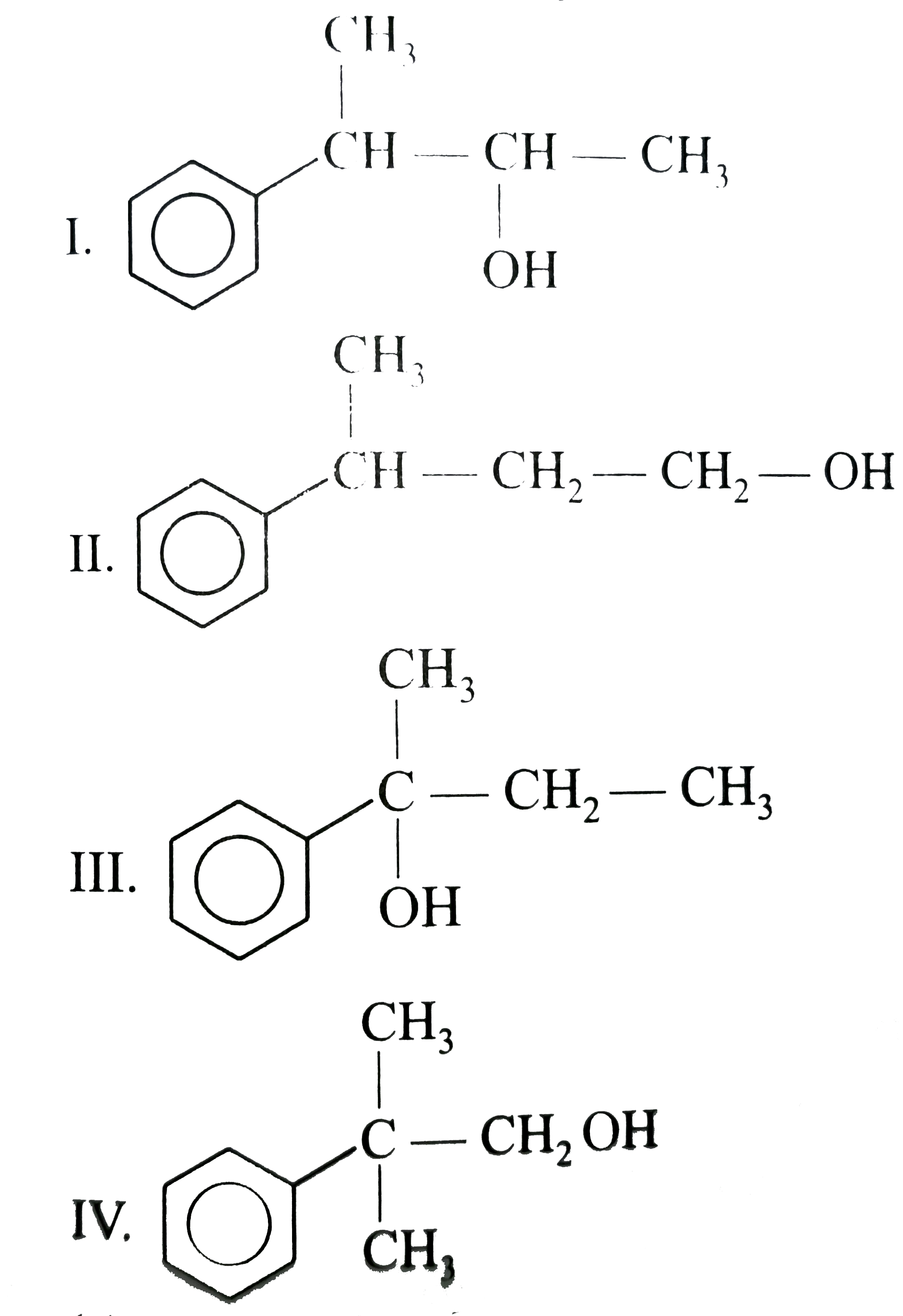
View SolutionWhich of the following alcohols can be most easily dehydrated?
View SolutionThe major product formed by the acid catalysed hydration of
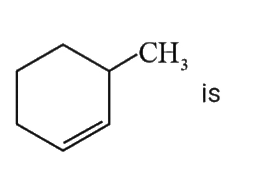 View Solution
View Solution


_E01_913_Q01.png)